November 26, 2025 | 12:04 GMT +7
November 26, 2025 | 12:04 GMT +7
Hotline: 0913.378.918
November 26, 2025 | 12:04 GMT +7
Hotline: 0913.378.918
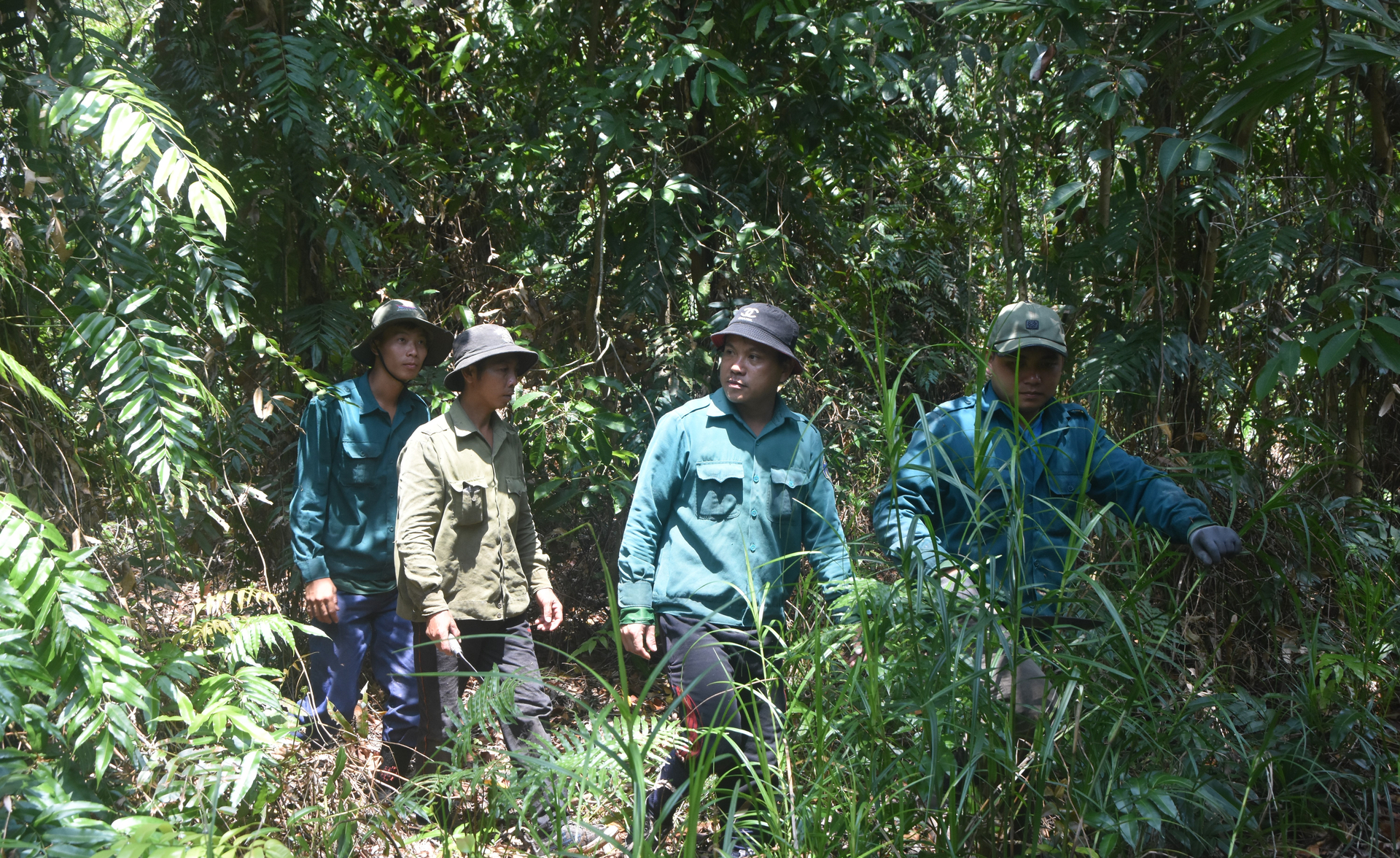
Silent soldiers guarding the forest, they take turns being on duty 24/7 and have the most important task of "watching out for fire", patrolling to detect and prevent acts of sabotage and hunting of wild animals. Photo: Trong Linh.
Mr. Tran Quoc Khai, Head of the Science Department of U Minh Ha National Park, has been with the area for more than 9 years. During that time, he realized that the National Park was developing day by day. People's awareness of forest protection and wildlife protection has been paid more attention, especially patrolling and traversing forests to detect violations of biodiversity conservation.
U Minh Ha National Park (belonging to U Minh and Tran Van Thoi districts) is one of two unique forest ecosystems that represent the tourism image of Ca Mau province. With a total area of more than 8,500 ha, of which more than 1,760 ha is primary forest, with about 176 species of plants, 23 species of animals, 91 species of birds and 47 species of amphibians and reptiles... In particular, there are many rare species recorded in the Vietnam Red Data Book.
According to Mr Khai, U Minh Ha National Park has rare species of animals and plants such as: U Minh arowana, water cap, ant-anchids, dendrites, thorny Salacca, and many species of ferns and algae. Regarding animals, we must mention civets, crow bats, palm civets, wild cats, fish cats, and hairy-nosed otters. In the forest, there are also species such as wild boars, deer, long-tailed macaques, Javan giants and precious birds such as macaques, fire herons, grey herons, white storks, and storks.
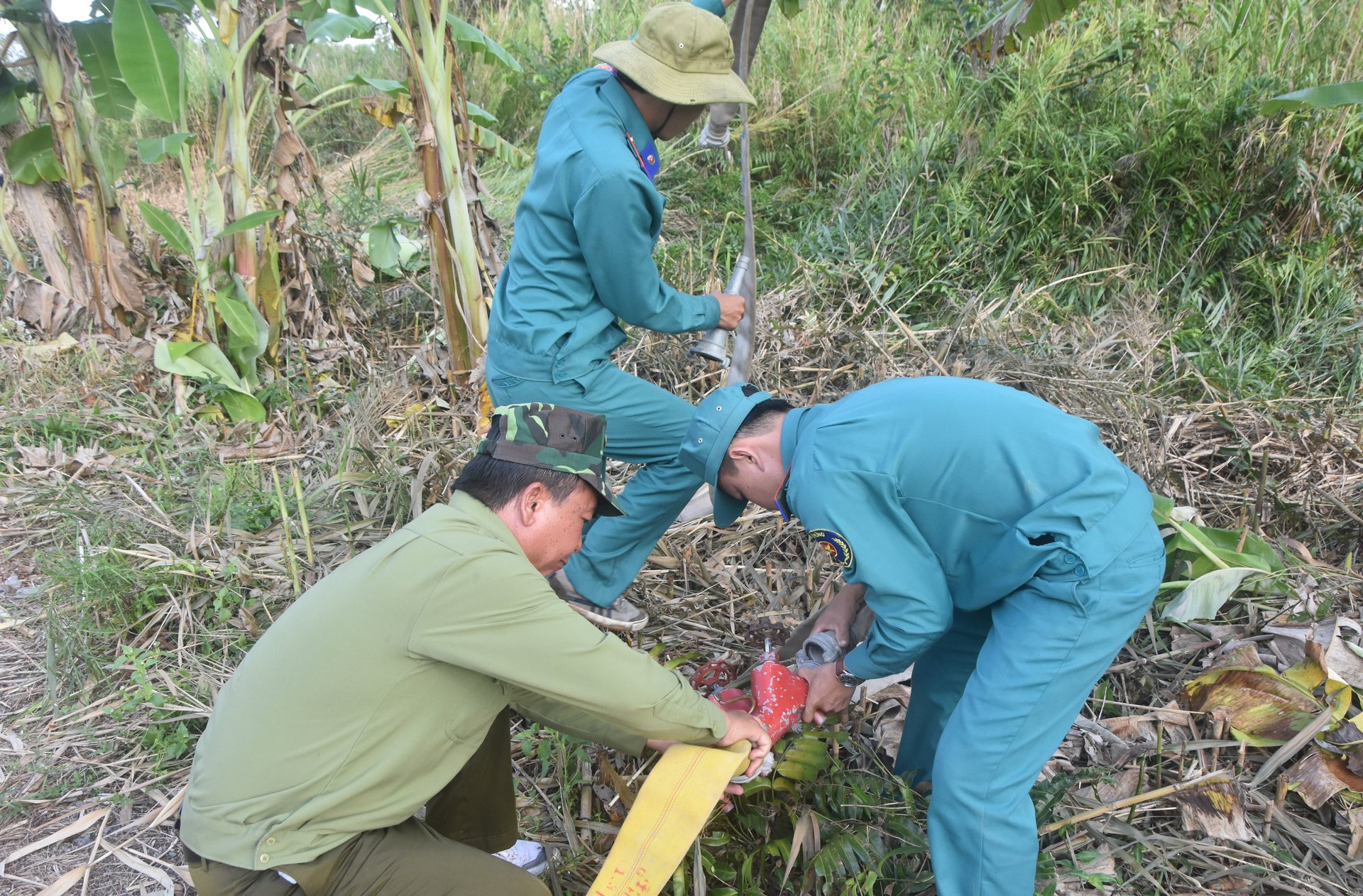
During the peak of the dry season, forest "soldiers" have to stay in the forest almost day and night, with little time to return to their families. Photo: Trong Linh.
In addition, many species of snakes also reside here, including cobras, king cobras, kraits, reticulated pythons and water monitors, snail-eating turtles, yellow-headed temple turtles, and Cuora amboinensis kamaroma.
As someone who loves the forest as much as he loves his own family, Mr. Pham Minh Tam, Captain of the T19 team, at U Minh Ha National Park, has been attached to the forest for more than 17 years with the brothers in the protection team, living together like a family. They grow their vegetables and raise fish and frogs to improve their daily meals. During the peak of the dry season, forest protection "soldiers" have to stay in the forest almost day and night, they rarely have time to spend with family. It's like that every year, Mr. Tam said, gradually it becomes a habit.
Currently, the forest protection force of U Minh Ha National Park has about 38 people divided into 11 teams and 1 post. In particular, they arrange 3 comrades into a team to take turns being on guard duty 24/24, and they have the most important task of "watching out for fire", and patrolling to detect and prevent acts of sabotage and hunting of wild animals.
“During the wet season, we focus mainly on duty at night to prevent people from hunting wild animals. Although it was very difficult and we often encountered animals such as snakes, deer, wild boars,..., none of us were in danger. In the dry season, we have to be on duty 24/7 to observe, detect and promptly handle when bad situations occur", Mr Tam shared.
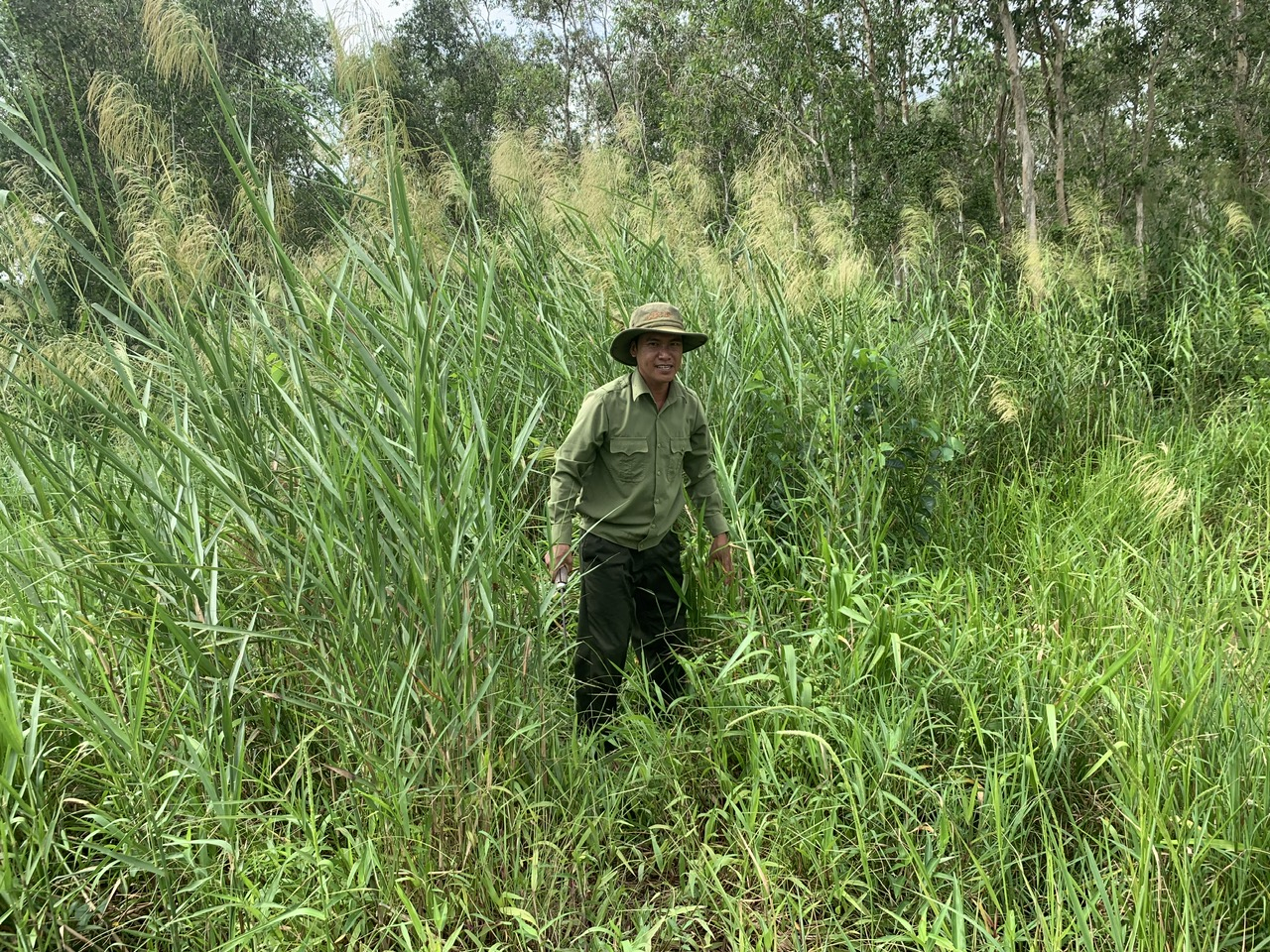
Mr Pham Minh Tam, Captain of Team T19, U Minh Ha National Park is on duty. Photo: Trong Linh.
Ms Nguyen Thi Thanh, a tourist in Cau Giay district, Hanoi city said: Visiting U Minh Ha National Park, my friends and I had the opportunity to go up to the high tower to see the panoramic view of the primaeval forest. We can breathe fresh air, canoe under the forest canopy, cast nets, cast lines, and catch fish... Ecotourism helps me relieve the stress of working hard for long periods of time, returning to the mountains and forests always feels more comfortable.
“However, according to Ms Thanh, although she enjoyed visiting U Minh Ha National Park, she only chose it as a short stopover. because tourism products are too few, there are no places for tourists to have fun and stay overnight," Ms Thanh said.
Many years ago, Ca Mau province researched the tourism development project of U Minh Ha National Park. However, due to many problems with mechanisms and policies, the project had to be adjusted and supplemented many times. It was not until near the end of June 2023 that the U Minh Ha National Park eco-tourism, resort and entertainment project until 2030 was approved by the Provincial People's Committee.
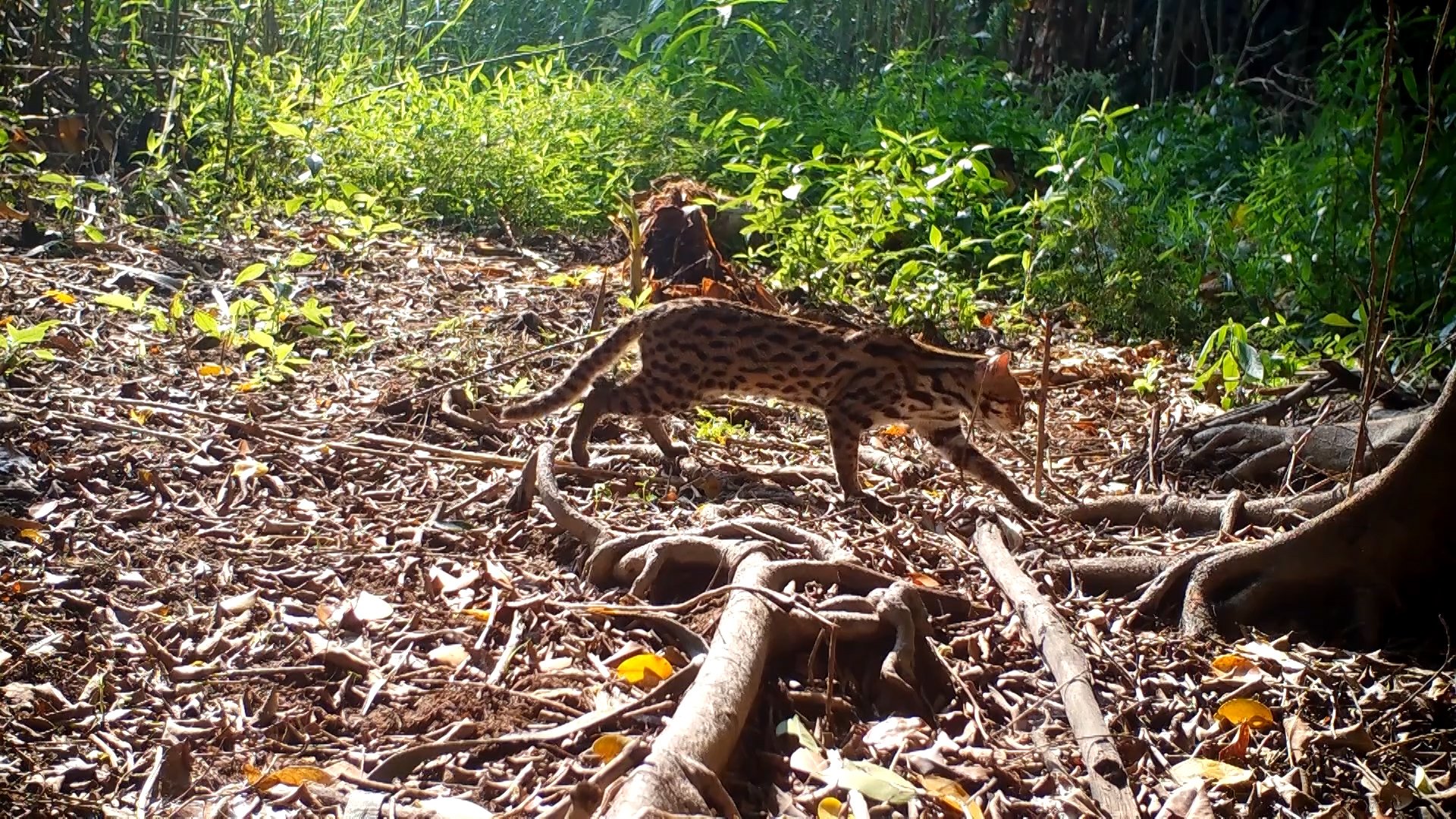
With a total area of more than 8,500 ha, of which more than 1,760 ha is primary forest, with about 176 species of plants, 23 species of mammals, 91 species of birds and 47 species of amphibians and reptiles.
Mr Tran Cong Hoang, Director of U Minh Ha National Park, informed: The total cost of implementing the project is nearly VND 1,460 billion, of which more than VND 52 billion comes from the state budget, the rest is mobilized through socialization. Along with the announcement of the project, the work of preparing detailed zoning plans is also being urgently promoted to have a checklist to call for investors as soon as possible.
The scope of project implementation has a total area of more than 1,310 ha, located in two districts of U Minh and Tran Van Thoi, including two subdivisions: An administrative tourism subdivision (with more than 740 ha) and an ecological restoration subdivision (with more than 570 ha). The above area is planned into 6 main areas, including: Reception area, eco-tourism area, flora and fauna collection area and medicinal garden, area for recreating forest villages, traditional crafts, resort and souvenir planting area.
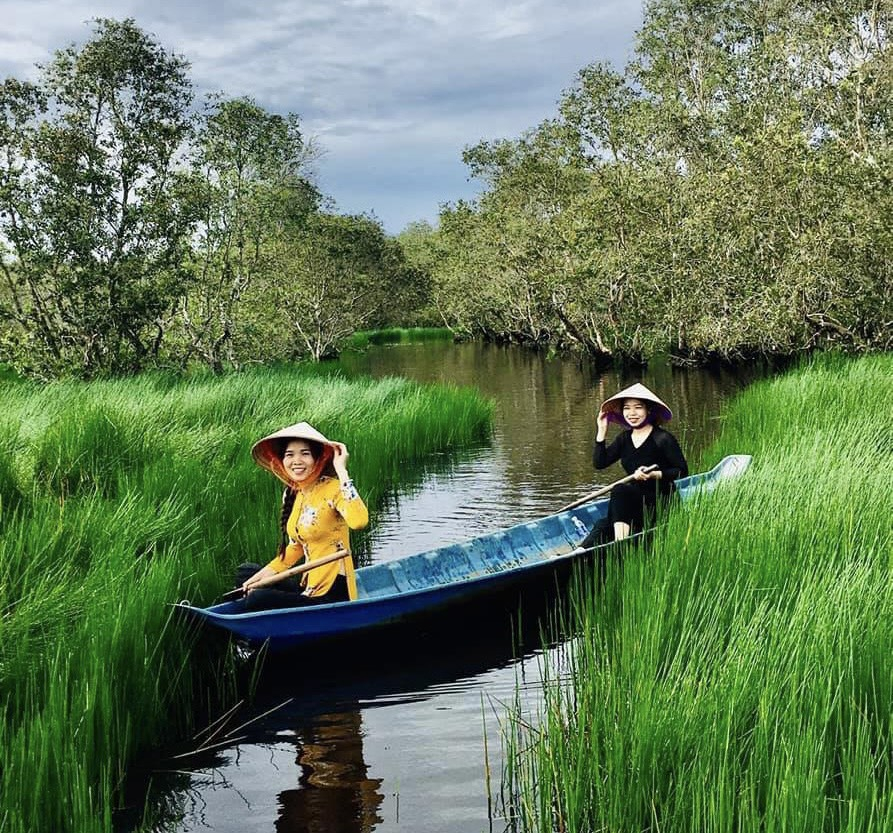
It is necessary to awaken the tourism potential at U Minh Ha National Park. Photo: Trong Linh.
"If everything goes well, by the end of 2025, U Minh Ha National Park will have many new attractive tourism products and services imbued with the cultural identity of Melaleuca land to serve tourists", Mr Hoang, Director of U Minh Ha National Park shared.
Translated by Hoang Duy

(VAN) The model of making a living under the forest canopy through the agroforestry system in Van Son commune, Bac Ninh province, is expected to generate an annual income of approximately VND 30 million/ha.

(VAN) Many enterprises in Can Tho are harnessing natural energy and reducing greenhouse gas emissions in their production processes, thereby contributing to the promotion of a sustainable green transition.
/2025/11/24/3536-2-112800_176.jpg)
(VAN) Dong Nai now has tens of thousands of hectares of forests certified for sustainable management, and this area will continue to be expanded in the coming period.

(VAN) Vinh Ha hamlet (Dai Xuyen commune, Hanoi) is shifting away from small-scale farming as households adopt bioscurity into their breeder chicken models.

(VAN) Heavy rains make aquatic species more vulnerable to disease. Proactive water management and high-tech systems help farmers prevent outbreaks and protect yields.

(VAN) Greenhouses are shifting production mindsets in Binh Lu commune, enabling farmers to ‘weather the sun and rain’ and secure stable vegetable harvests throughout the year.

(VAN) Green transition is crucial for the Mekong Delta amid climate change and stricter standards, offering a path toward sustainability.